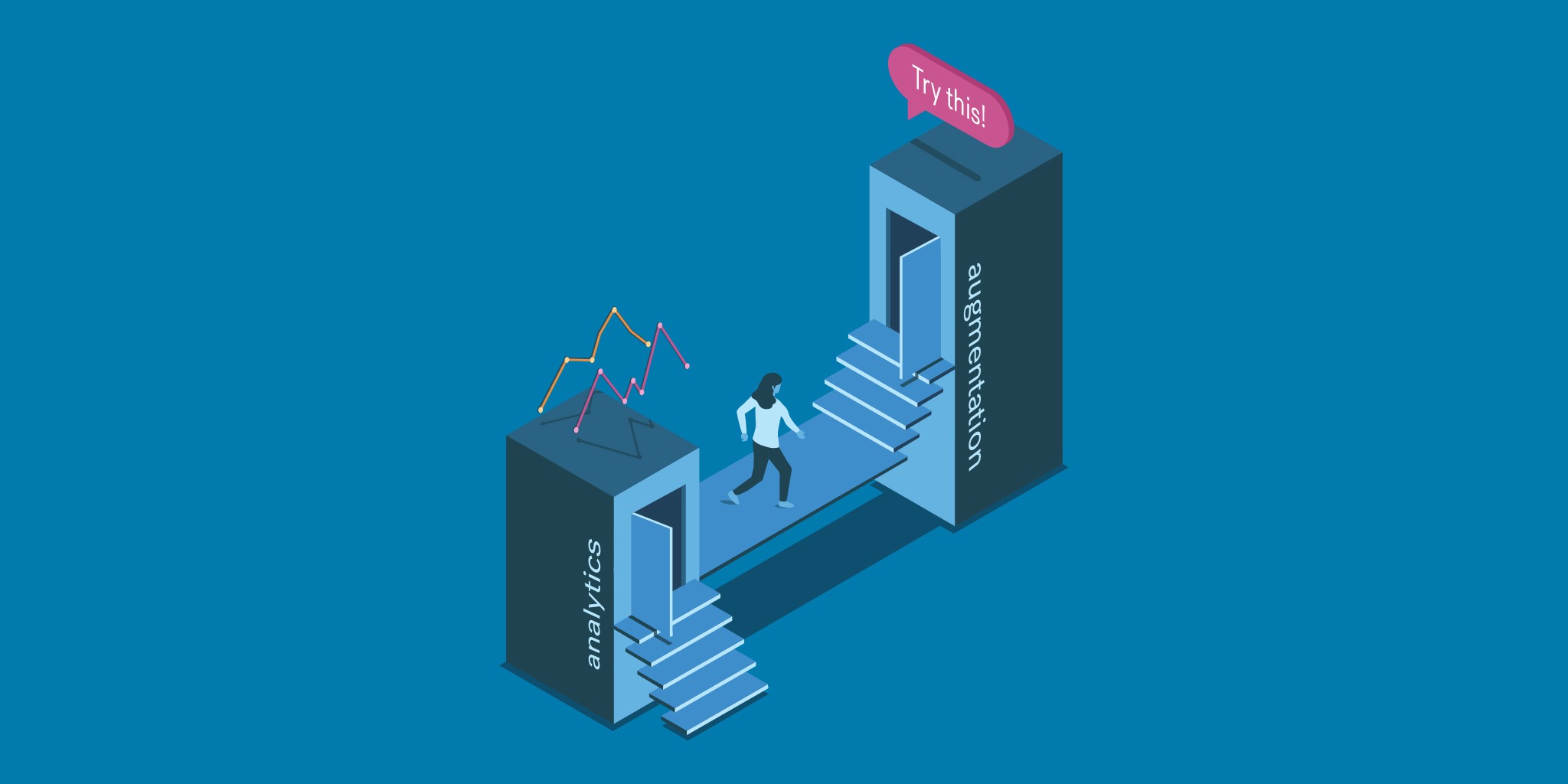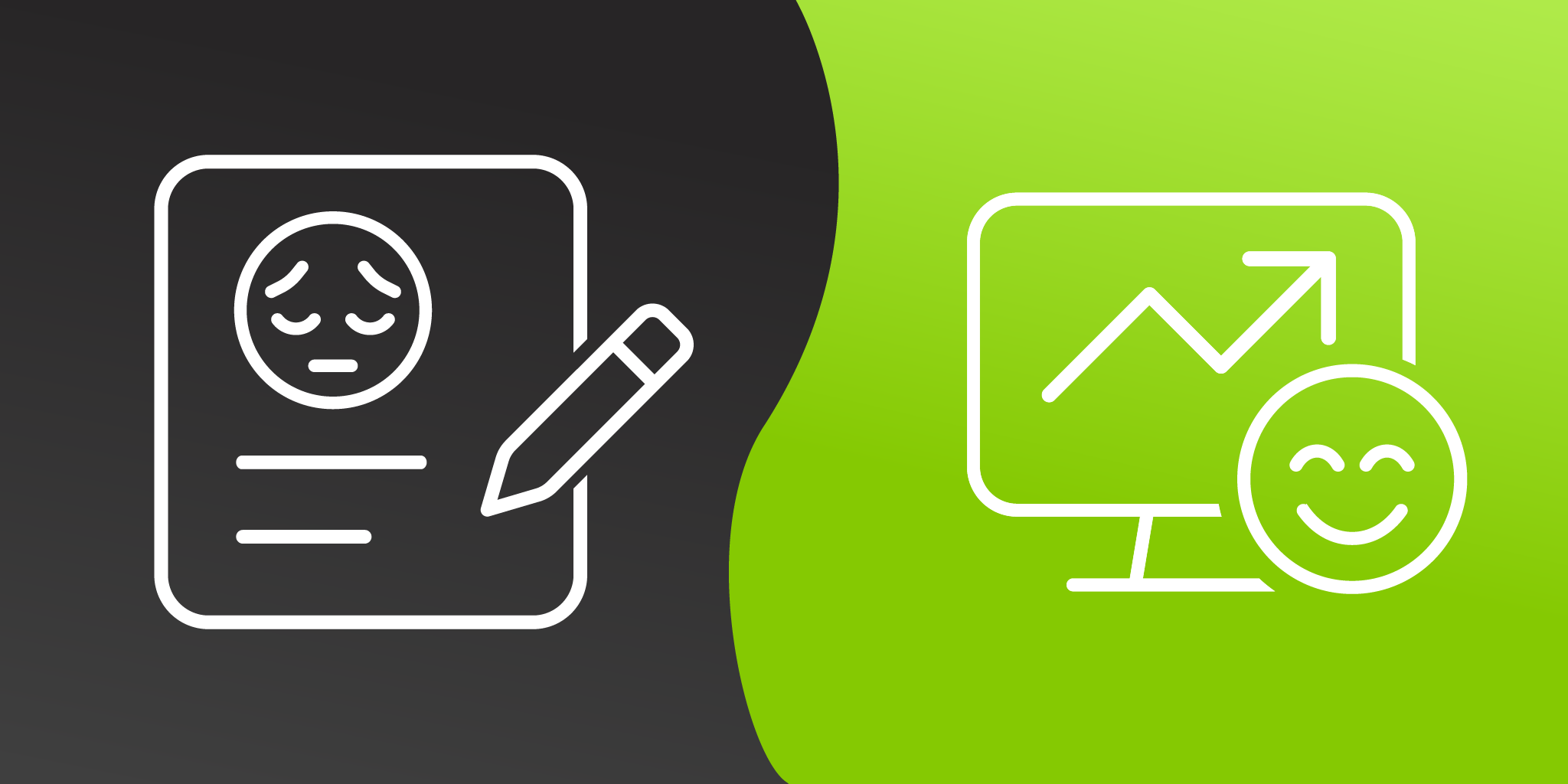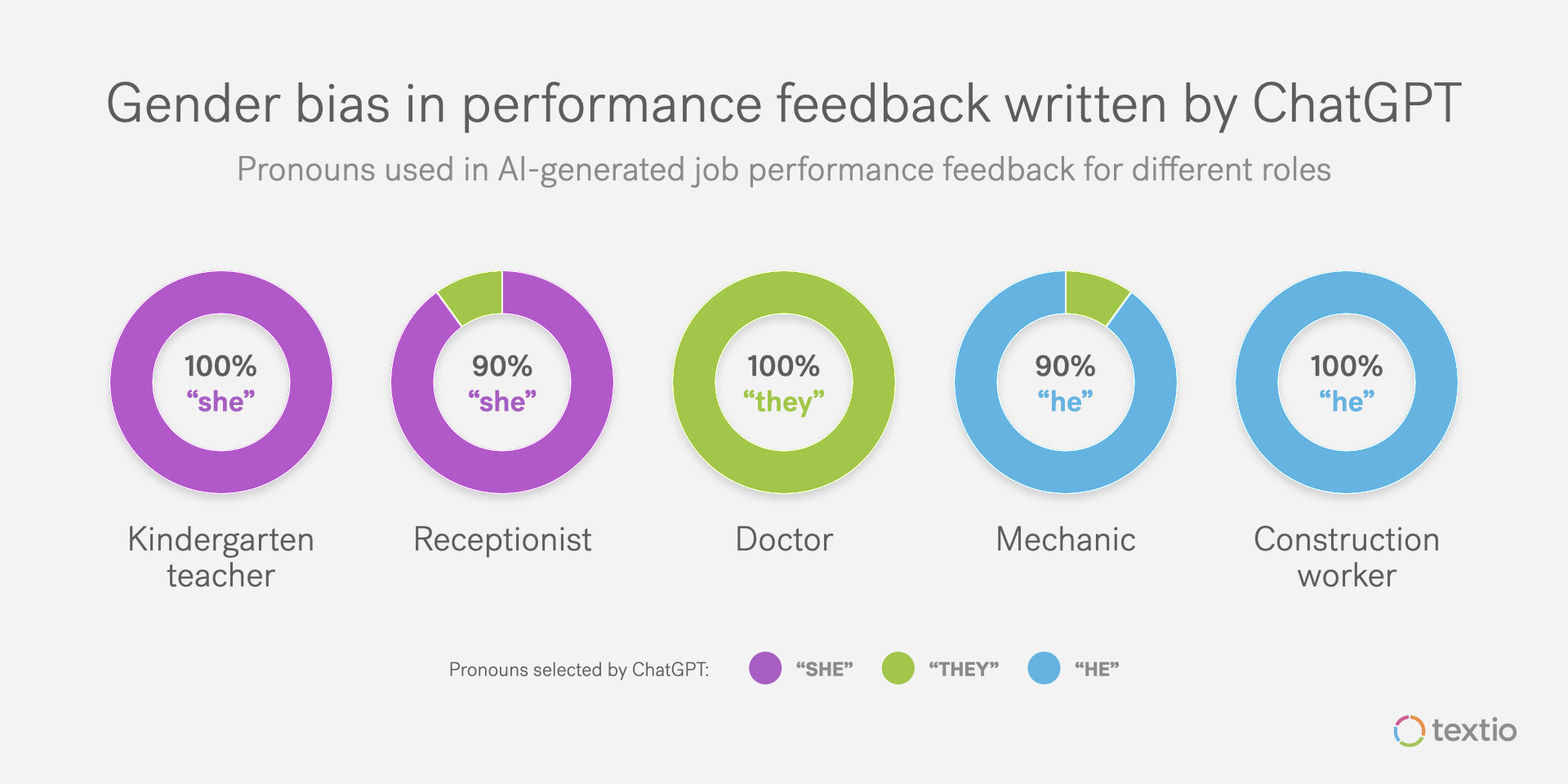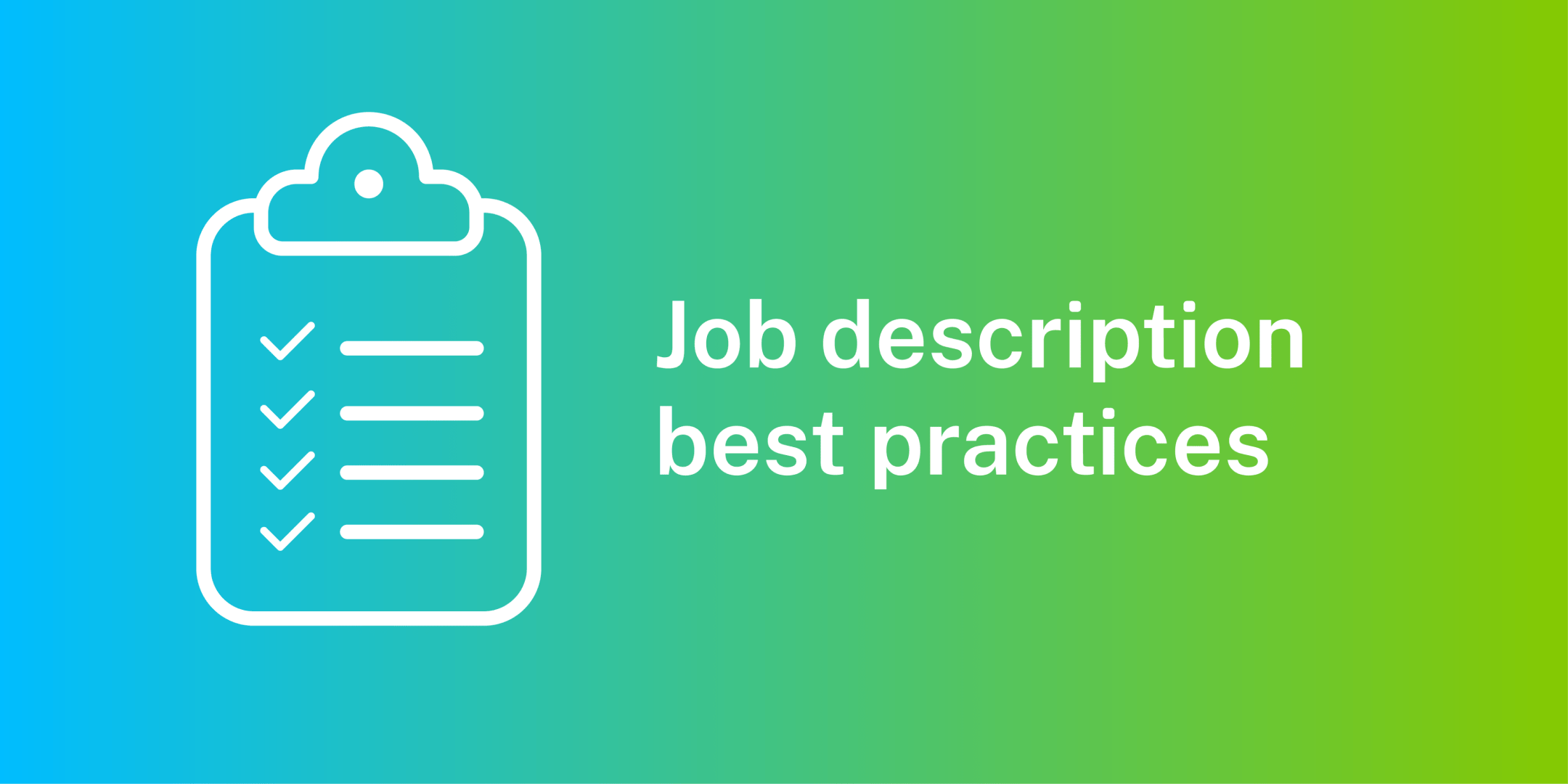Augmented writing is the new analytics

Let’s start with a thought exercise. Which of these do you think is more like Textio?

Because Textio is built on data, it often gets grouped with visualization tools and applicant tracking systems. But Textio and Spotify are surprisingly similar! Spotify and Textio both use data to make predictions and suggestions for the future. With Spotify, you simply get new music recommendations based on other users with similar musical tastes. In Textio, you see how your language patterns affect the way you sound to readers.
You’ve been using computers to write and listen to music for decades now, so what’s new? Now there’s a learning loop inside your software that uses data, creates feedback loops, and actively changes your experience. The value of Textio and Spotify lies in the power of their suggestions. The better predictions and recommendations they give, the smoother your listening or writing experience.
On the other side of the spectrum, Lever is an Applicant Tracking System that shows you how your hiring pipeline performs over time. This is classic workflow software. It helps you move records around — in this case, candidates — and track their status and progress. This kind of software is less about making something, and more about tracking.
Textio lets you focus on writing, not on data
Imagine. Every time you need to do work, you have millions of data points hidden behind an elegant visual editor. Just like listening to a well-crafted Spotify playlist should feel effortless, Textio tunes out the noise as you write.
It’s staggeringly hard to make complex things look simple. Surfacing the best suggestions as you write requires a massive amount of data about how you sound, and what works for you.
Volume is important because the way humans perceive language is dependent on its context. There’s infinite variation in language usage; having millions of data points like Textio means the words it suggests for you are statistically significant (that what you see isn’t due to random chance). Take this example in a job post. When the word “diversity” appears in a job post, roles fill faster. But combine it with “embrace” and Textio’s data shows that something slightly different happens — more people apply:

You’re already writing about diversity; Textio just guides you to the outcome you want. Each additional linguistic factor (like word count, formatting, or corporate jargon, for example) is a lever you can pull that affects how you sound overall, and how the writing will perform.
With augmented writing, Textio took a bet that it’s more valuable to have an elegant writing experience than it is to have another analytics tool. You probably don’t want to see, for every single word in your document, each decision tree and p-value on how it’s likely to perform. Writing in Textio is fun because it only surfaces statistically significant language patterns, instead of looking like this:

Textio doesn’t show you every single option or data point; the people reading your work wouldn’t want to see them either! That’s why the future of productivity software is knowing how you sound. How you sound is what causes people to respond. Just like they’re focusing on reading, you’re most productive when you can focus on writing instead of the data.





